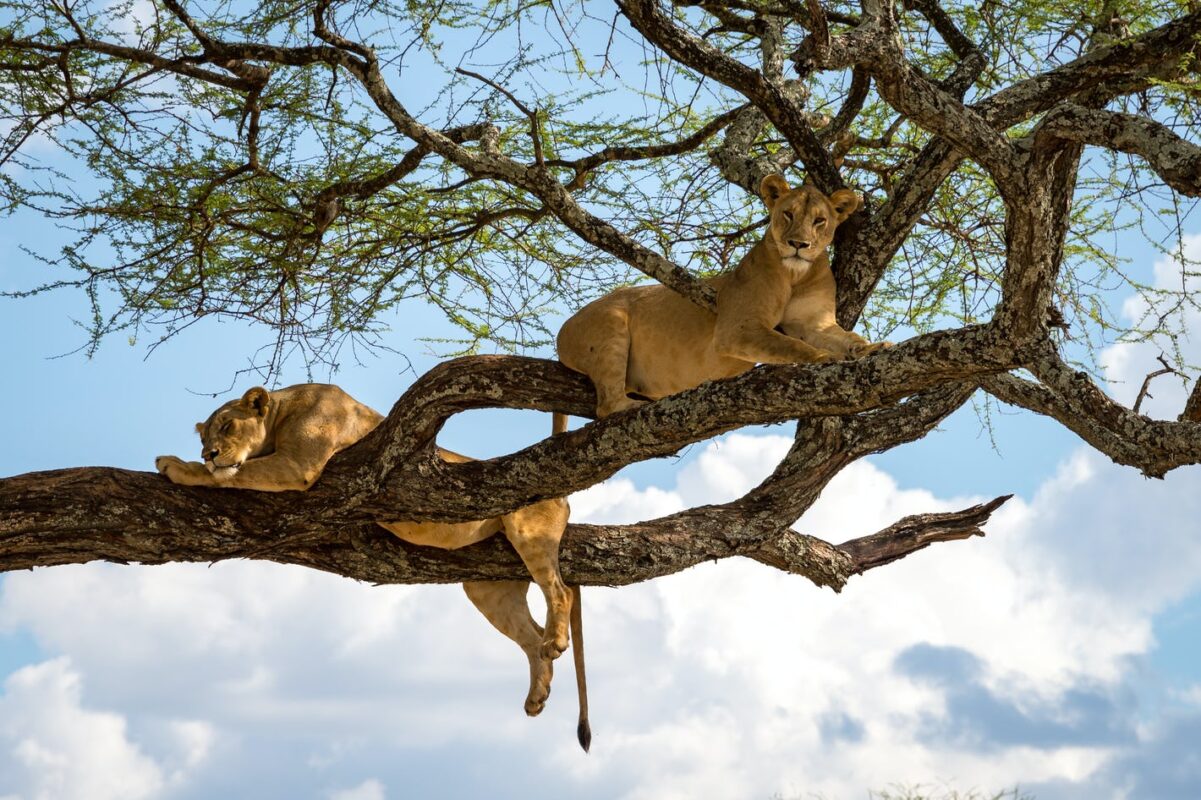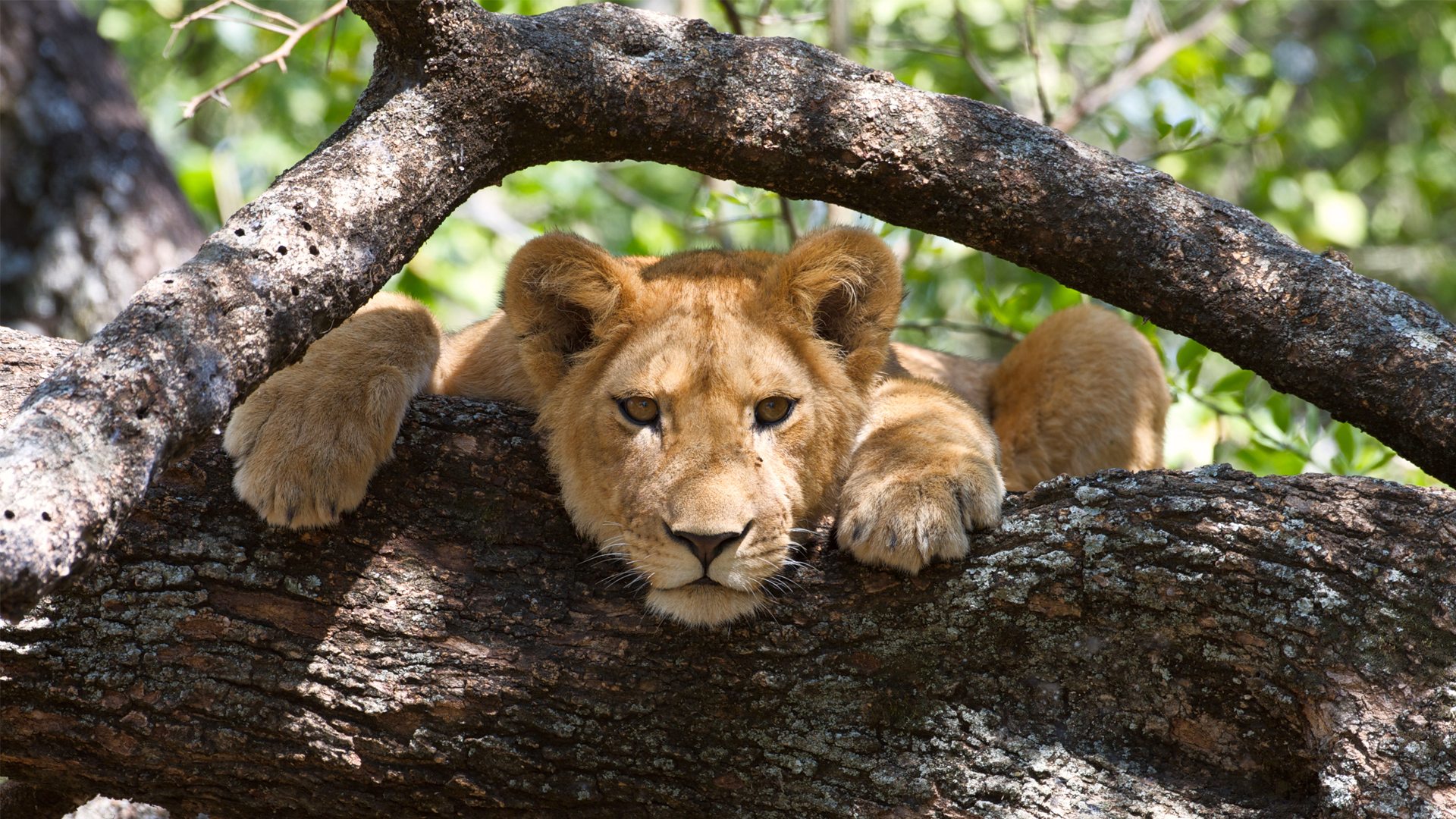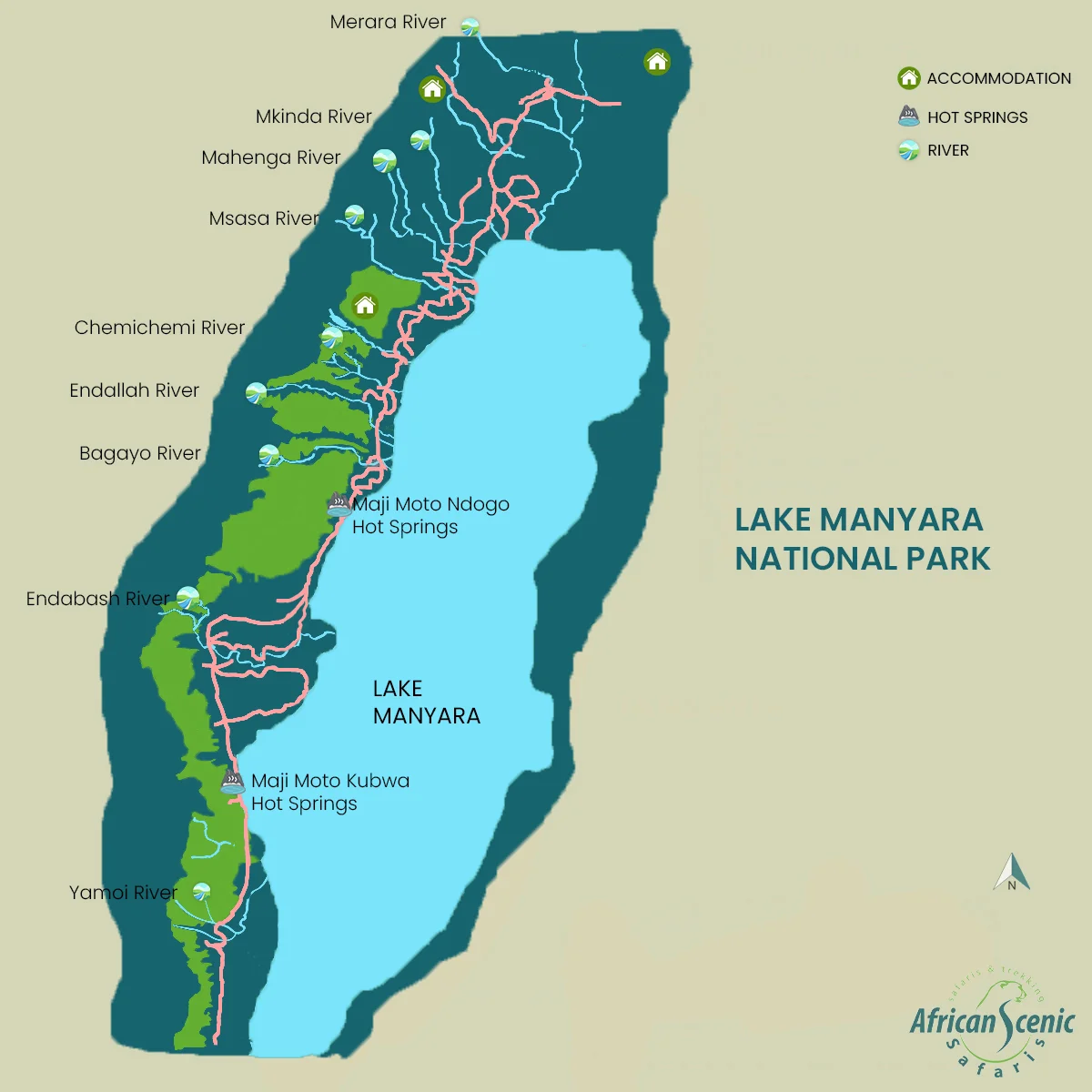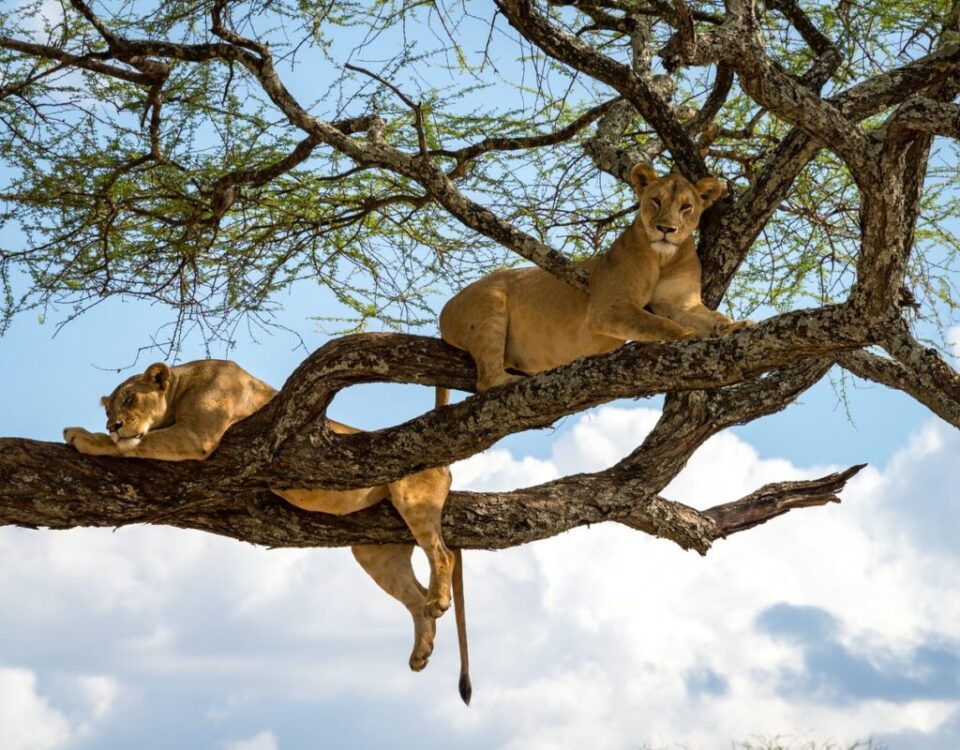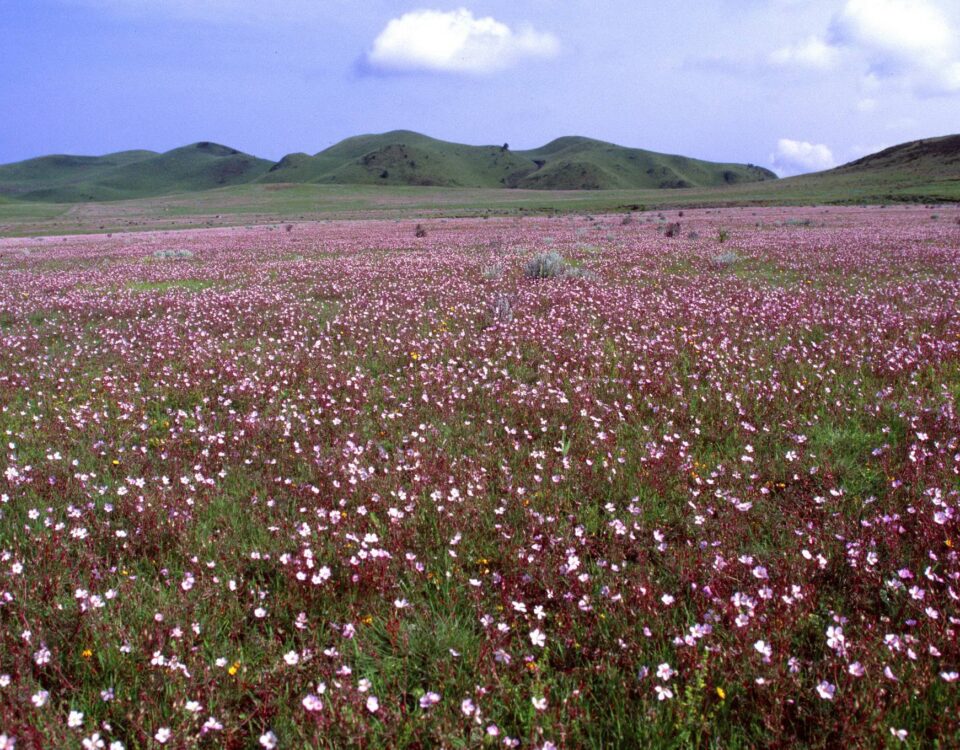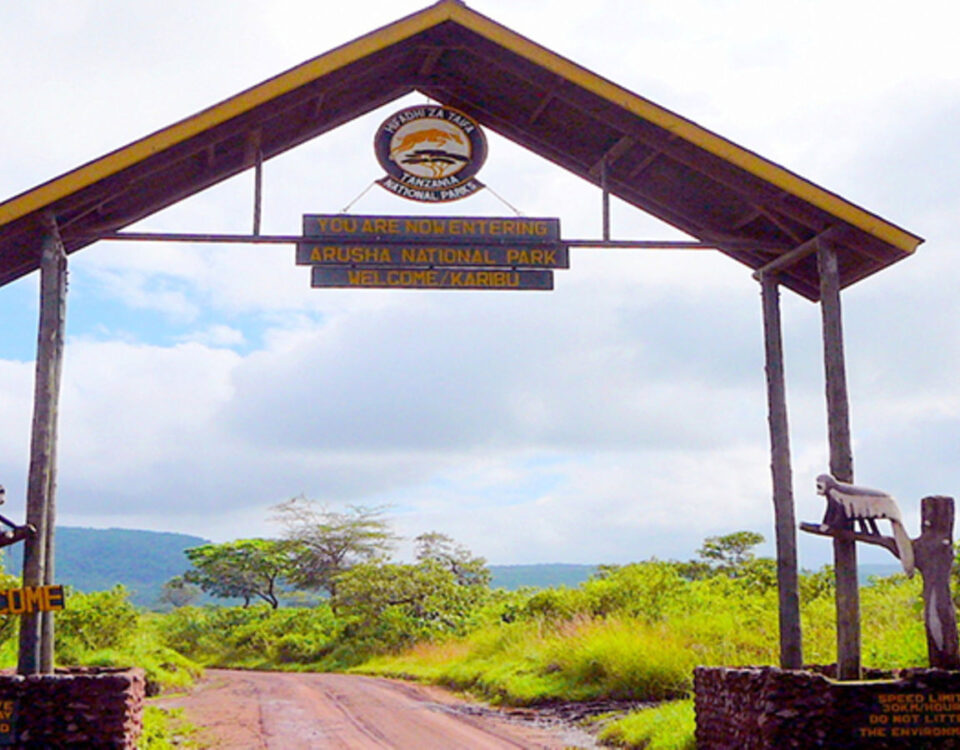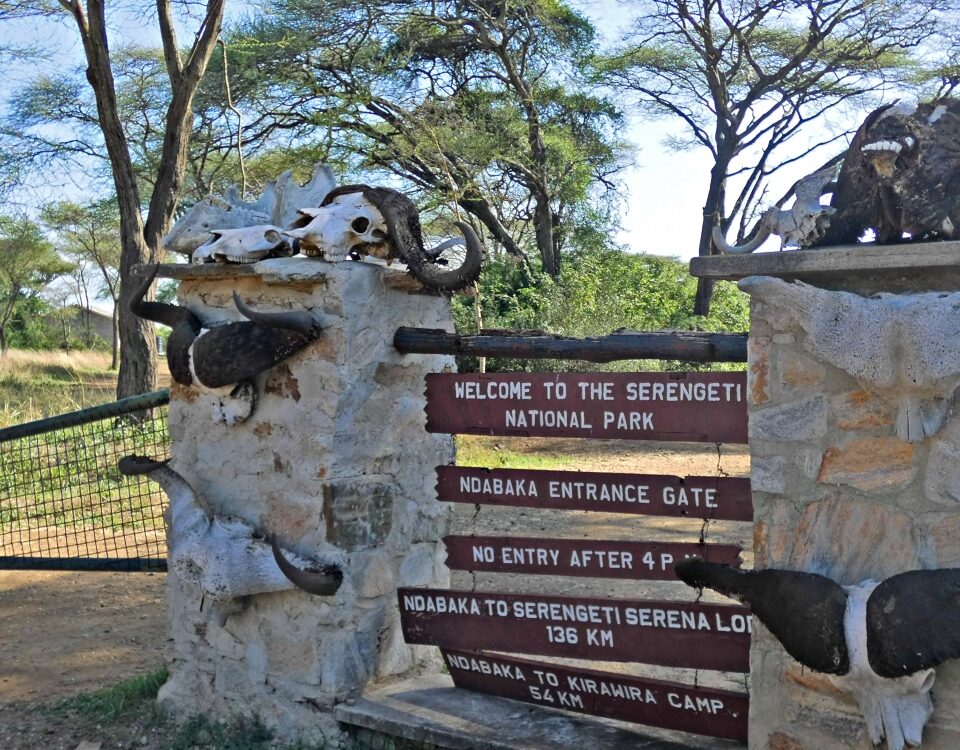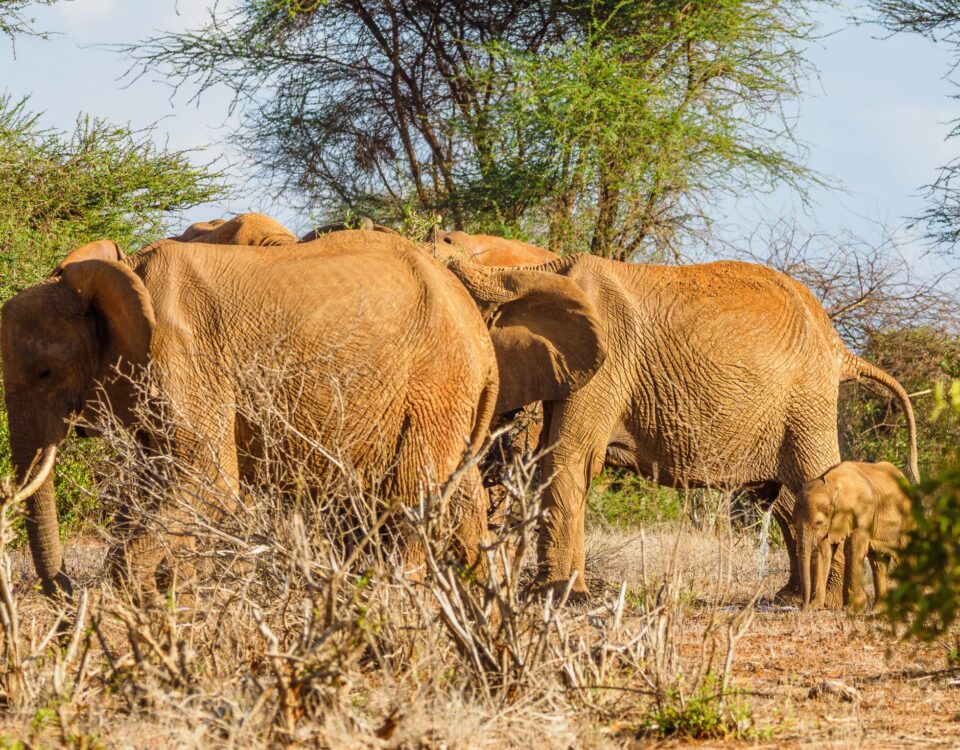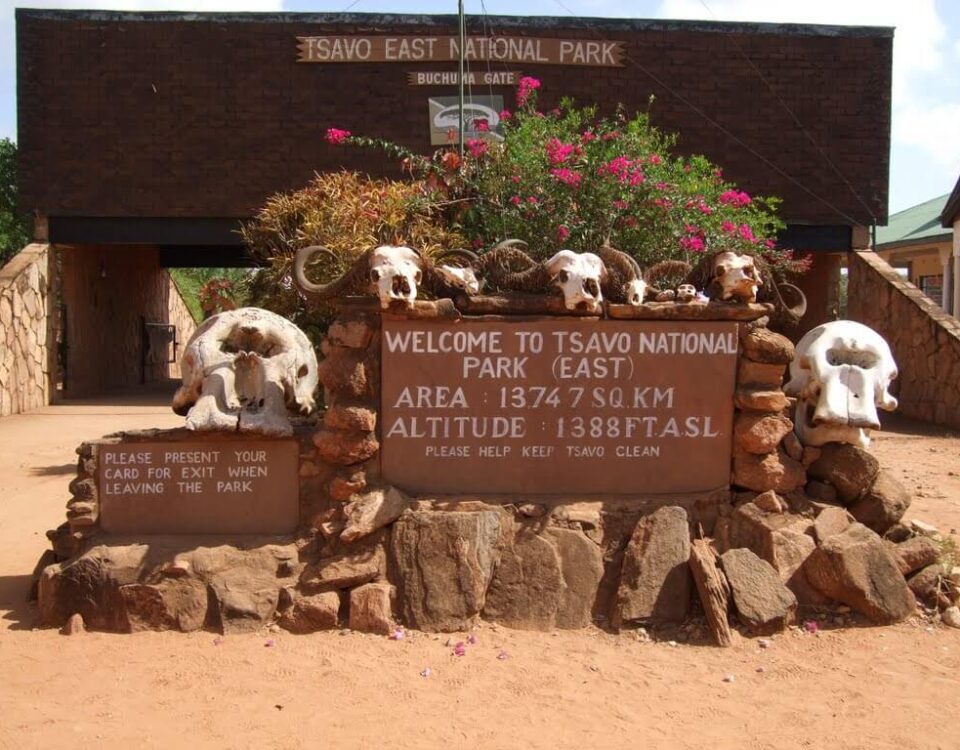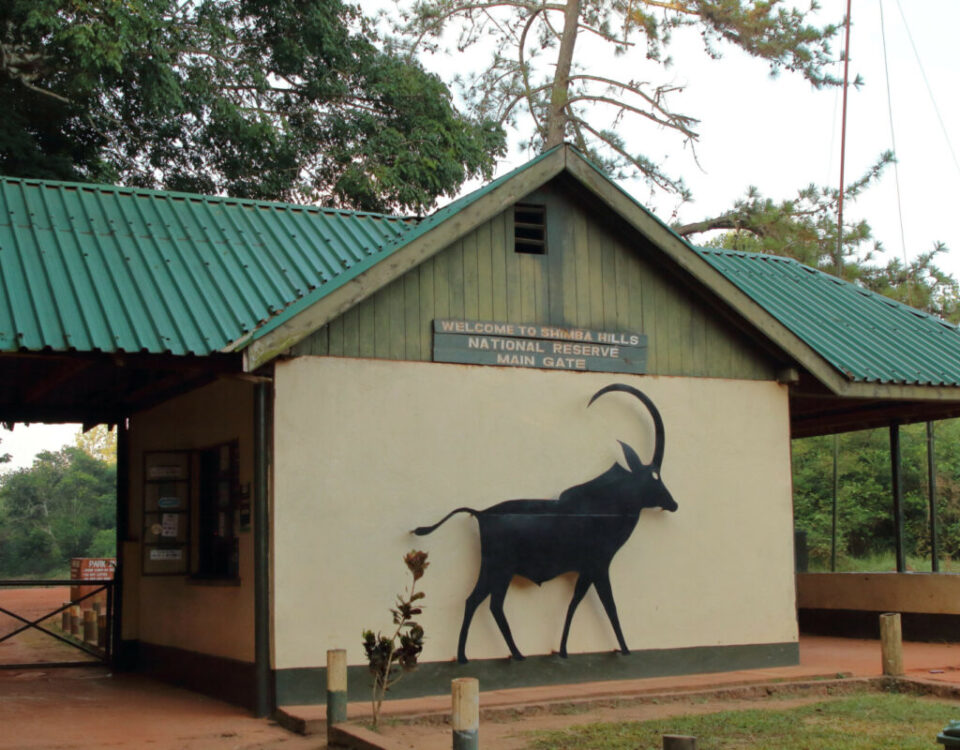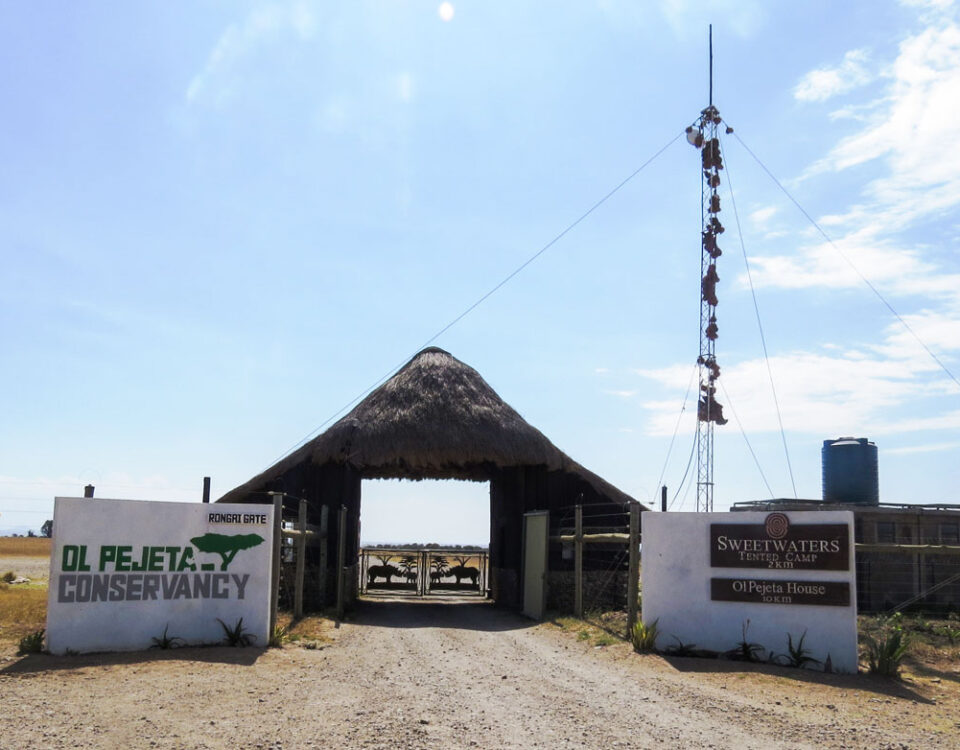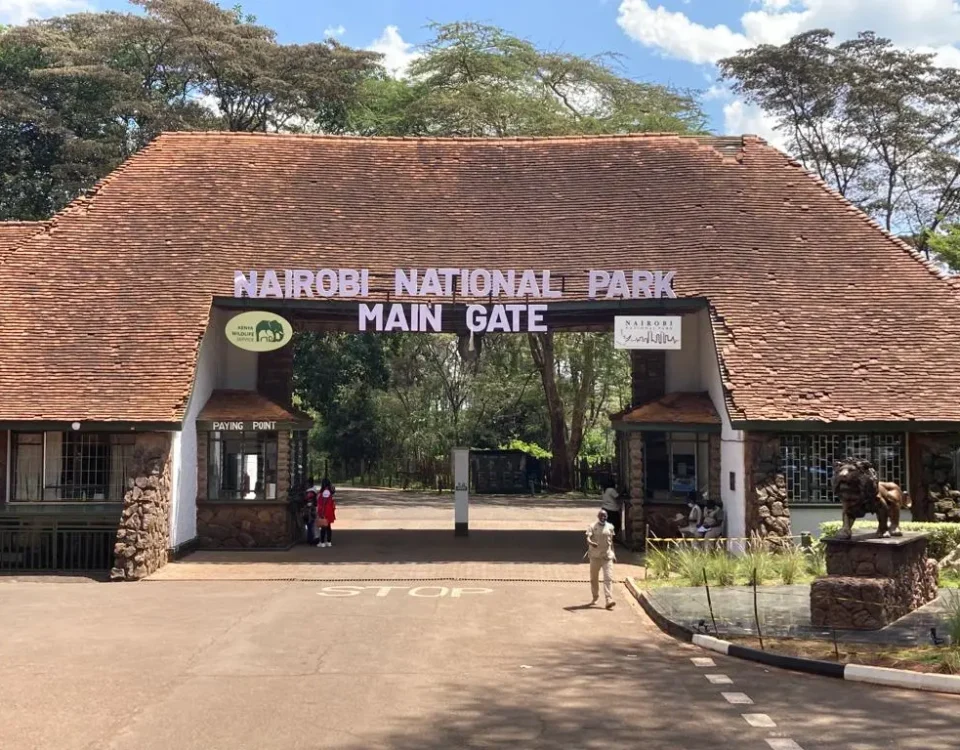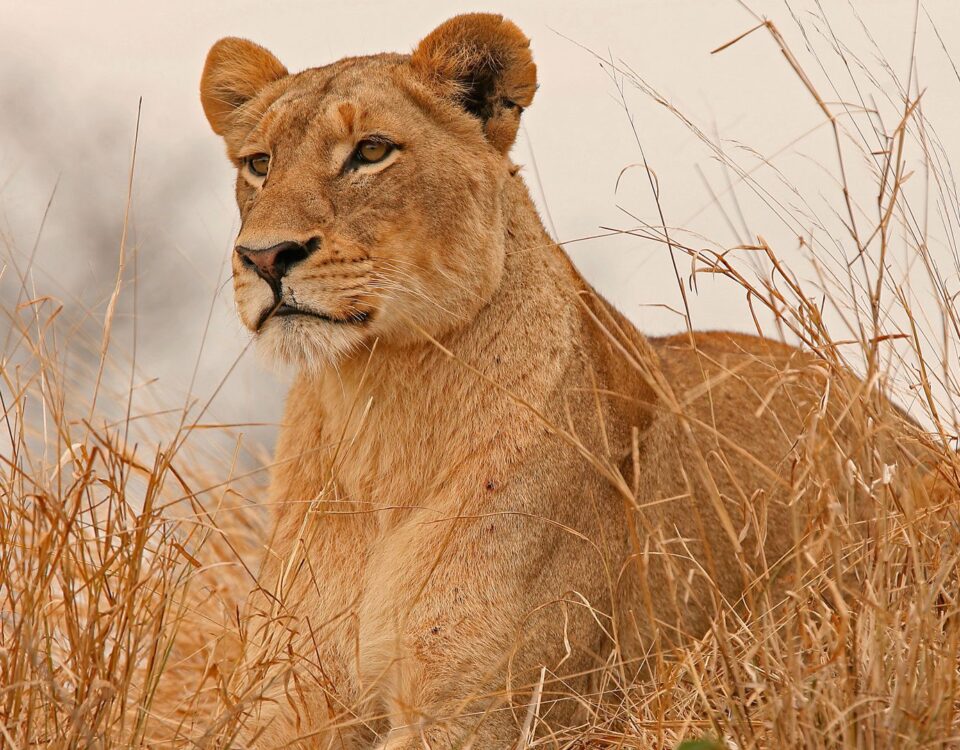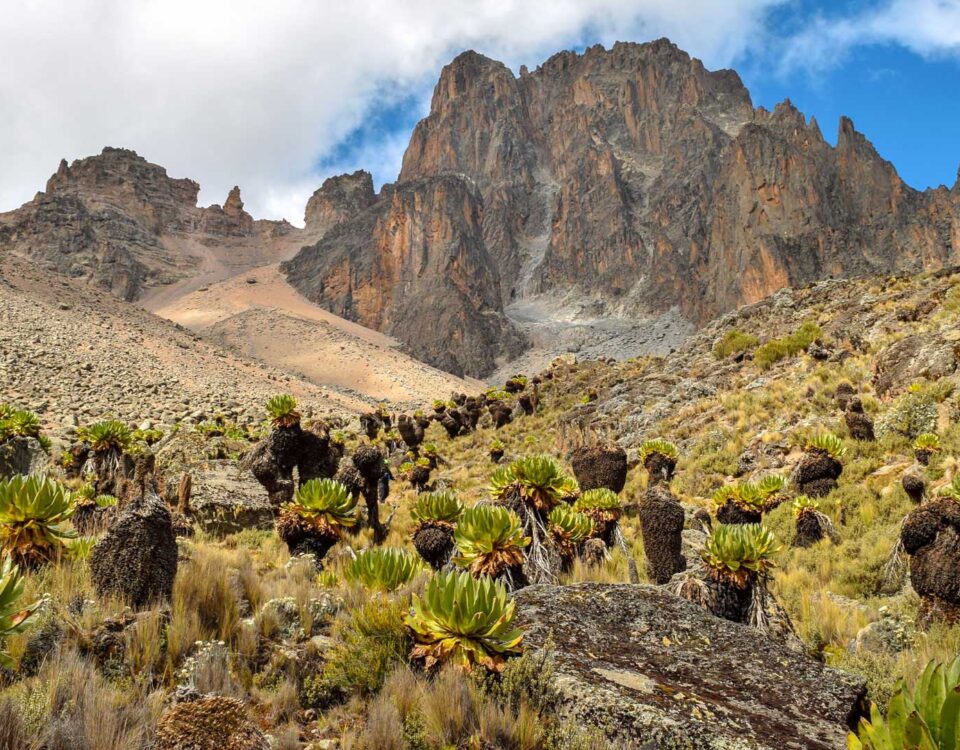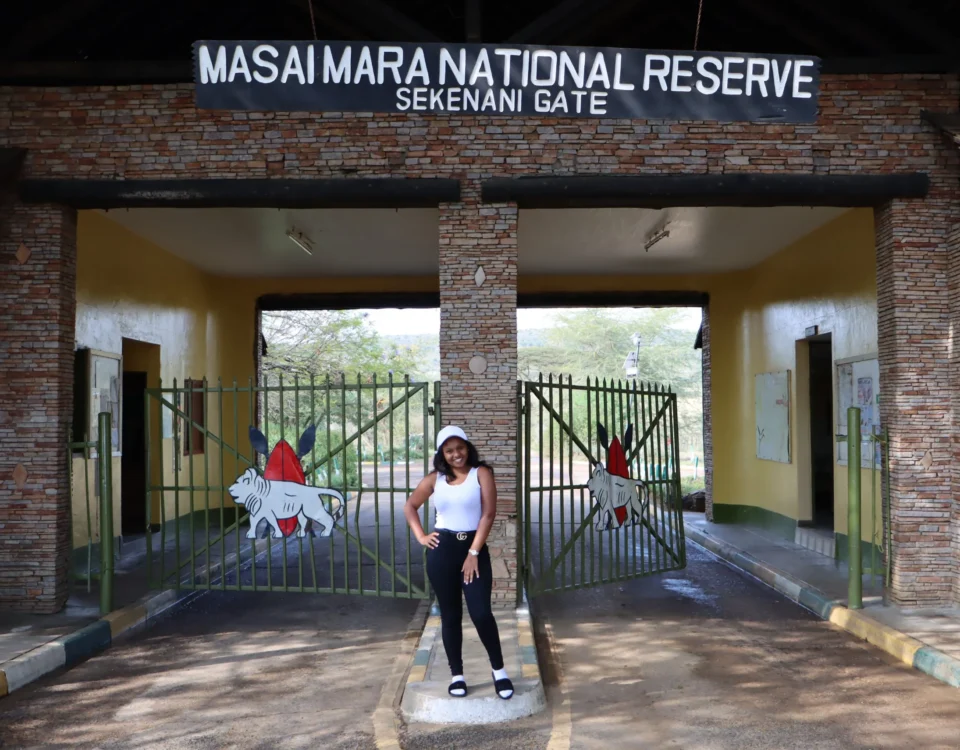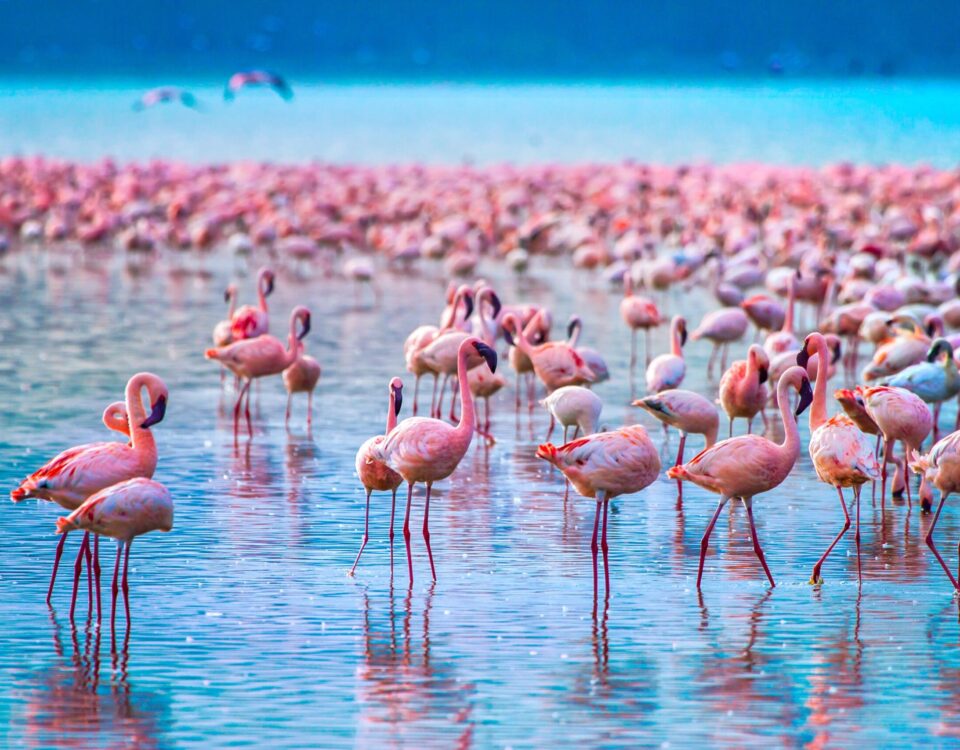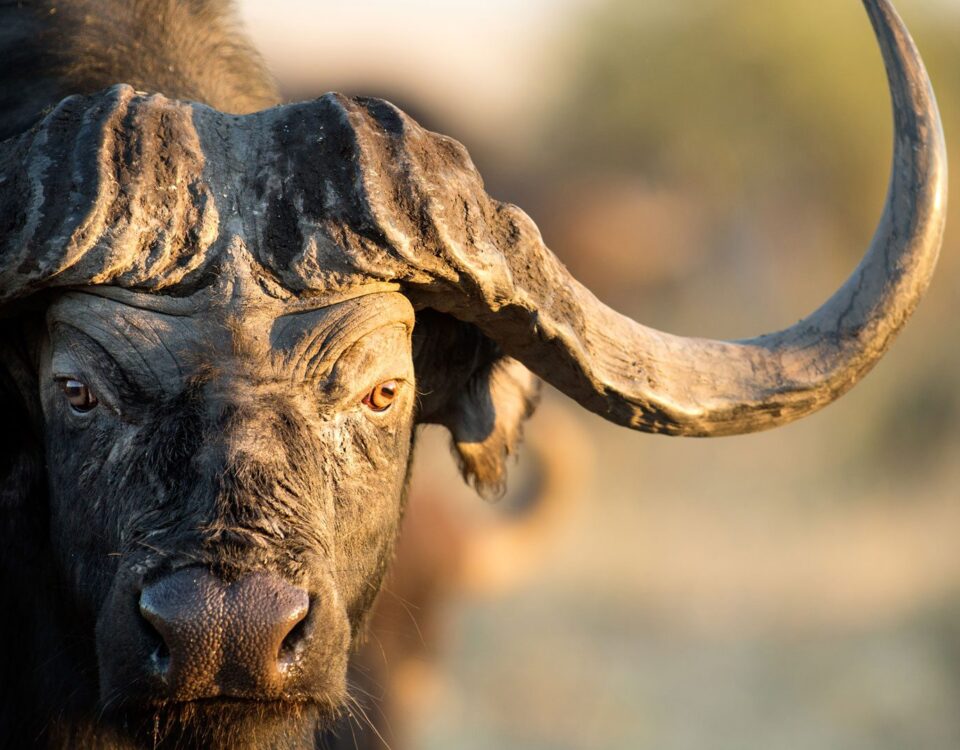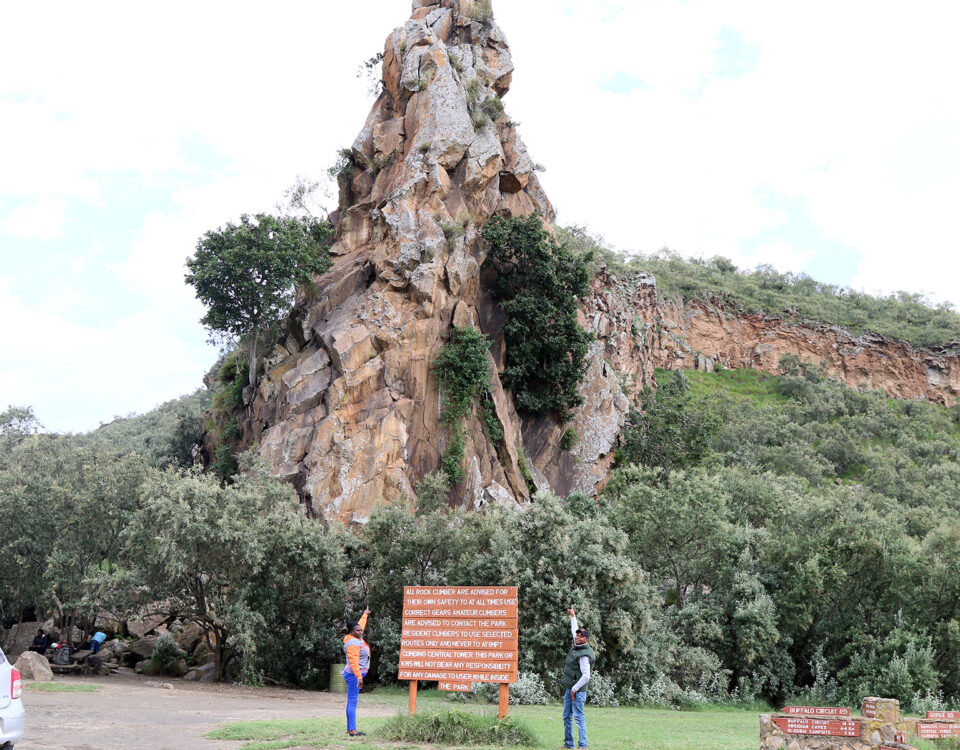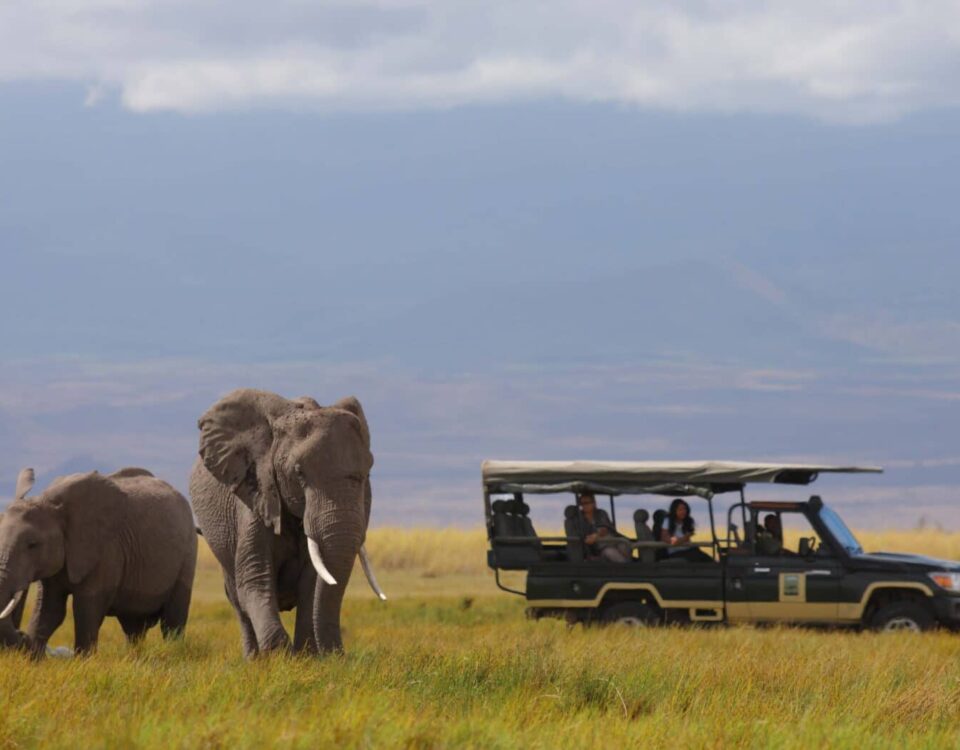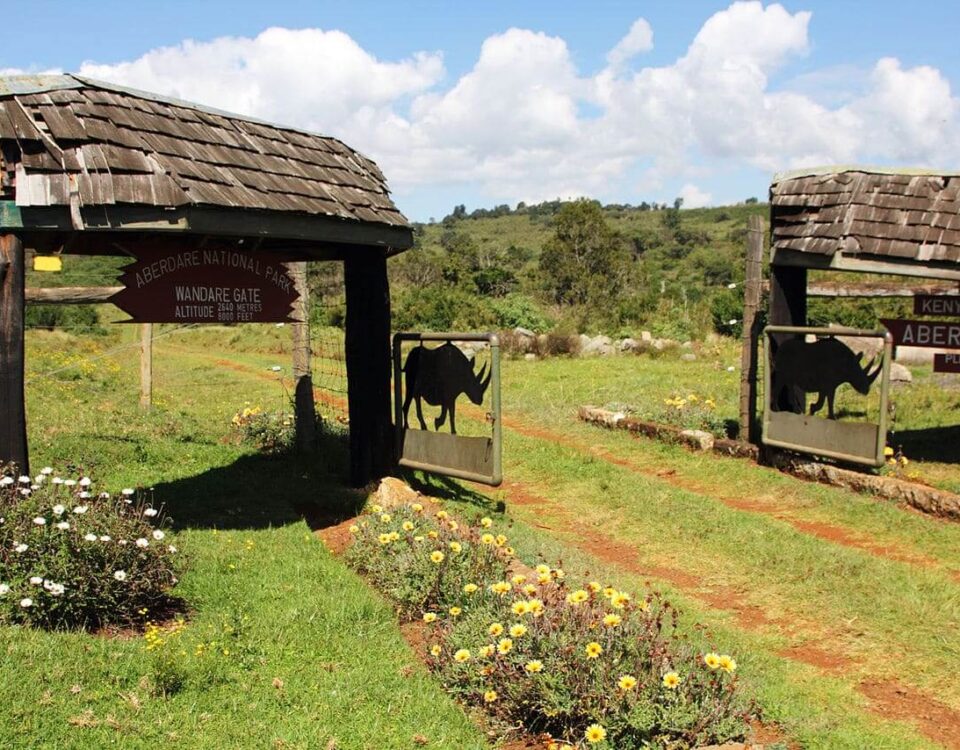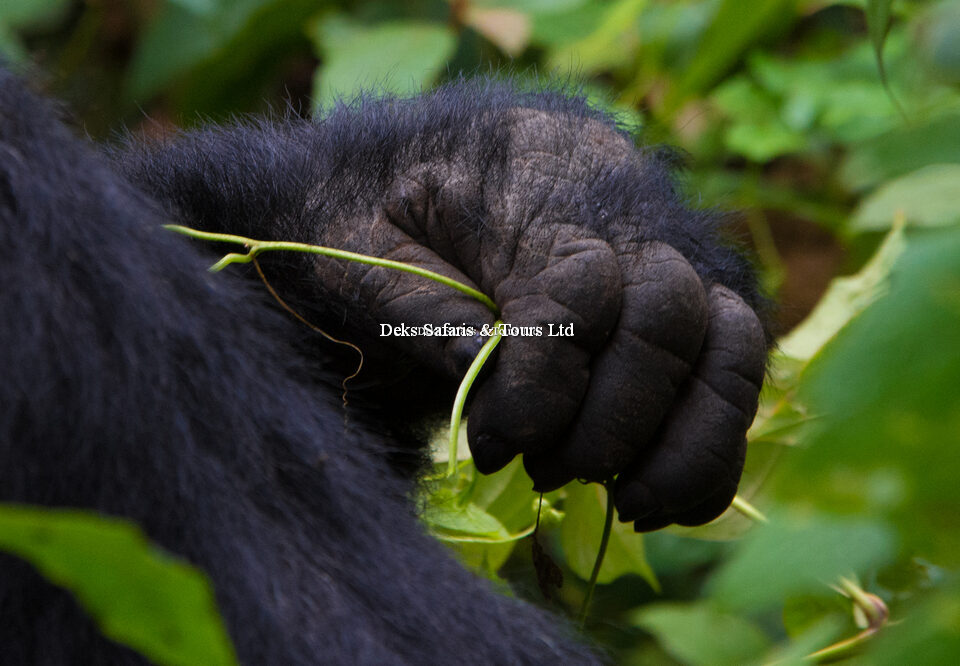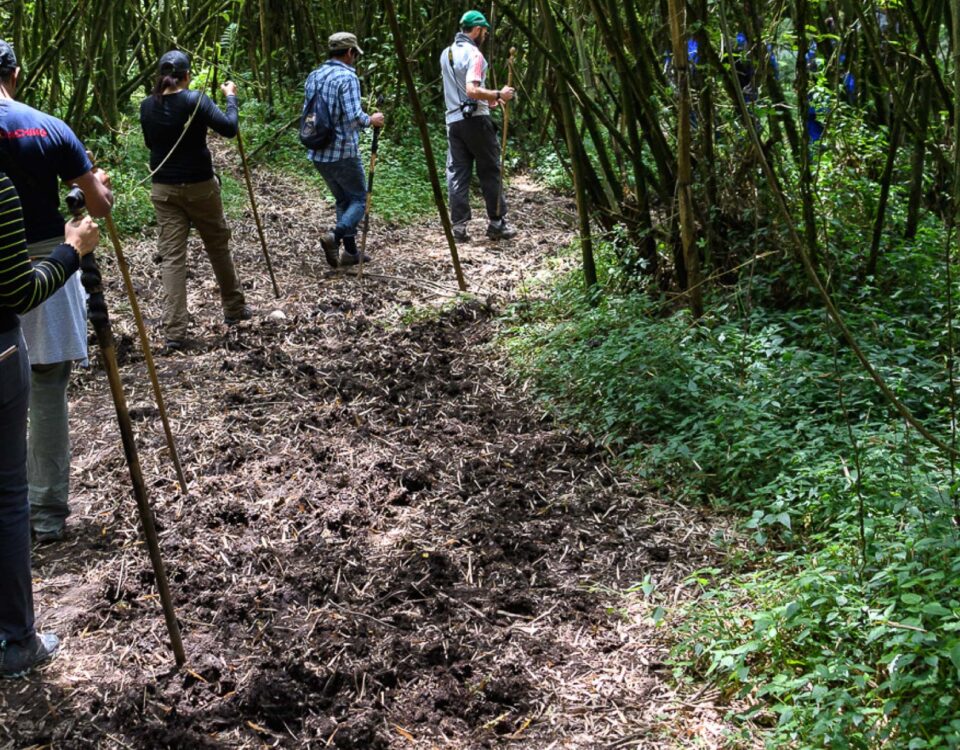Lake Manyara National Park: A Jewel of Tanzania’s Northern Circuit
Nestled in Tanzania’s northern highlands, Lake Manyara National Park is a captivating destination renowned for its diverse ecosystems, stunning landscapes, and rich wildlife. Covering approximately 330 square kilometers, the park is characterized by its combination of lake, forest, and savanna habitats. Established in 1960, Lake Manyara is part of Tanzania’s Northern Circuit and offers a unique safari experience that contrasts with the more famous Serengeti and Ngorongoro Crater. The park’s varied environments support an array of flora and fauna, making it a must-visit destination for wildlife enthusiasts and nature lovers.
The Lake Manyara Ecosystem: A Dynamic Habitat
Lake Manyara National Park is named after the lake that dominates its landscape. The lake, which covers about two-thirds of the park, is a shallow, alkaline body of water that fluctuates in size depending on the season. This dynamic lake environment supports a wide range of wildlife and plant species. The surrounding park includes diverse habitats such as lush forests, open grasslands, and acacia woodlands, each contributing to the park’s rich biodiversity. The interplay between these habitats creates a unique ecological balance that enhances the park’s appeal for visitors seeking varied wildlife encounters.
The Tree-Climbing Lions of Lake Manyara
One of Lake Manyara’s most unique features is its population of tree-climbing lions. These elusive predators have adapted to the park’s environment by climbing trees to escape the heat, avoid insects, and gain a vantage point for spotting prey. Although tree-climbing behavior is relatively rare among lions, the population in Lake Manyara has become renowned for this fascinating trait. Observing these lions perched among the branches provides a rare and memorable safari experience, offering a different perspective on one of Africa’s most iconic predators.
Bird Watching in Lake Manyara
Lake Manyara National Park is a premier destination for bird watchers, boasting a diverse avian population with over 400 recorded species. The park’s varied habitats, including wetlands, forests, and savannas, support a wide range of birdlife. The lake itself attracts large flocks of flamingos, especially during the wet season, creating a stunning visual spectacle. Additionally, the park is home to species such as the elusive secretive black heron, the striking lilac-breasted roller, and the majestic fish eagle. Bird watching in Lake Manyara offers a rewarding experience for both amateur and seasoned ornithologists.
Game Drives and Safari Adventures
Game drives are the primary means of exploring Lake Manyara National Park, allowing visitors to traverse its diverse landscapes and encounter its wildlife. The park’s well-maintained roads provide access to various habitats, including the lake shore, forests, and open plains. Safari vehicles can navigate through these areas, offering opportunities to see animals such as elephants, giraffes, zebras, and various antelope species. The park’s relatively small size and varied terrain make it ideal for both short and extended game drives, providing a rich and dynamic safari experience.
Walking Safaris and Guided Nature Walks
For a more immersive experience, Lake Manyara offers guided walking safaris and nature walks. Accompanied by experienced guides, visitors can explore the park’s flora and fauna up close, learning about the ecosystem’s intricate details and the roles of various plant and animal species. Walking safaris provide a unique perspective on the park’s environment, allowing for a deeper connection with nature and a chance to observe smaller wildlife and bird species that might be missed during a vehicle safari. These walks also offer educational insights into conservation efforts and the park’s natural history.
The Role of Conservation in Lake Manyara
Conservation is a key focus in Lake Manyara National Park, with efforts aimed at preserving its unique ecosystems and wildlife. The park faces challenges such as habitat degradation, human-wildlife conflict, and climate change. To address these issues, conservation initiatives include anti-poaching measures, habitat restoration projects, and community outreach programs. Sustainable tourism practices are encouraged, with a focus on minimizing environmental impact and supporting local conservation efforts. Visitors play a crucial role in these efforts by adhering to park regulations, supporting eco-friendly lodges, and participating in conservation activities.
Comparative Adventure Experiences in Iconic National Parks
Lake Manyara National Park is part of Tanzania’s Northern Circuit, which includes several other iconic parks offering diverse safari experiences. Each of these parks provides unique adventures that complement a visit to Lake Manyara.
- Serengeti National Park: Known for the Great Migration, where millions of wildebeest and zebras traverse the plains in search of fresh grazing lands. Serengeti offers exceptional game drives and hot air balloon safaris, providing a different perspective on the park’s vast landscapes and wildlife.
- Ngorongoro Crater: An ancient volcanic caldera that serves as a wildlife haven with dense populations of species such as black rhinoceroses, lions, and elephants. The crater’s enclosed environment allows for impressive wildlife sightings and provides a stunning backdrop for safari adventures.
- Tarangire National Park: Renowned for its large elephant herds and distinctive baobab trees, Tarangire offers unique game viewing experiences, especially during the dry season when wildlife congregates around the Tarangire River.
Cultural Experiences and Community Engagement
In addition to its natural wonders, Lake Manyara National Park offers opportunities for cultural enrichment through interactions with local communities. The park is situated near various Maasai and Hadzabe villages, where visitors can learn about traditional lifestyles, customs, and practices. Cultural tours provide insights into the daily lives of these indigenous peoples, including their pastoral activities, traditional crafts, and unique ceremonies. Engaging with local communities enhances the safari experience by adding a cultural dimension and fostering a deeper appreciation of the region’s heritage.
Accommodation Options and Safari Logistics
Lake Manyara National Park offers a range of accommodation options to suit different preferences and budgets. From luxury lodges with stunning views of the lake and surrounding landscapes to more affordable campsites, visitors can choose from various lodging styles. Many lodges and camps provide all-inclusive packages that include guided game drives, meals, and other amenities. It is advisable to book accommodations in advance, especially during peak travel seasons, to ensure availability and secure the best options for your safari experience.
For a seamless safari experience, visitors should plan their logistics carefully. The park is accessible by road from Arusha, which is approximately a 2-hour drive away. There are also small airstrips near the park for those preferring to fly in. When preparing for a visit, it is essential to bring appropriate clothing, including lightweight, neutral-colored garments for daytime safaris and warmer layers for cooler evenings. Essential items include binoculars, a camera with a zoom lens, sun protection, and insect repellent.
Wildlife Photography Tips
Wildlife photography is a popular activity in Lake Manyara National Park, and capturing the park’s diverse landscapes and animals requires some specific techniques and equipment. To photograph the park’s wildlife effectively, consider using a camera with a high zoom lens to capture detailed shots of animals from a distance without disturbing them. Early morning and late afternoon are the best times for wildlife photography, as the lighting is softer and the animals are more active. Patience and respect for wildlife are crucial, as they contribute to successful and ethical photography.
The Best Time to Visit Lake Manyara
The optimal time to visit Lake Manyara National Park depends on what you wish to experience. The dry season, from June to October, is ideal for wildlife viewing, as animals congregate around the lake and other water sources. During this period, the weather is generally clear, and game drives are more productive. The wet season, from November to May, brings lush vegetation and vibrant birdlife, making it a great time for bird watching and enjoying the park’s scenic beauty. The wet season also offers fewer crowds and lower accommodation rates, providing a more tranquil safari experience.
Conclusion
Lake Manyara National Park is a captivating destination within Tanzania’s Northern Circuit, offering a rich blend of wildlife encounters, stunning landscapes, and cultural experiences. From the unique tree-climbing lions and diverse birdlife to the breathtaking views of the lake and surrounding habitats, the park provides a memorable and multifaceted safari adventure. Its proximity to other iconic parks like Serengeti, Ngorongoro Crater, and Tarangire further enhances its appeal, making it a valuable addition to any Tanzanian safari itinerary. For travelers seeking a diverse and enriching safari experience, Lake Manyara National Park remains a remarkable choice, blending natural beauty, wildlife fascination, and cultural engagement in one unforgettable destination.
- All
- Africa Safaris
- Botswana Safari Destinations
- Botswana Safaris
- Burundi Safari Destinations
- Burundi Safaris
- Bwindi Gorilla Trekking Safari
- DR Congo Safaris
- Kenya Safari Destinations
- Kenya Safaris
- Namibia Safari Destinations
- Namibia Safaris
- Rwanda Safari Destinations
- Rwanda Safaris
- Seychelles Safaris
- South Africa Safari Destinations
- South Africa Safaris
- Tanzania Safari Destinations
- Tanzania Safaris
- Uganda Gorilla Trekking
- Uganda Safari Destinations
- Uganda Safaris
- Zambia Safaris
- Zanzibar Safaris

